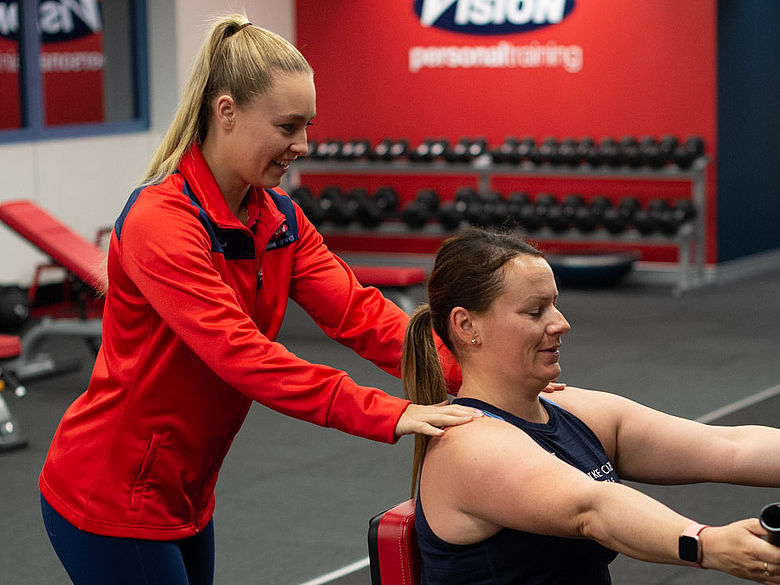When people are asked what is the best training for fat loss, most will tend to say cardio, however this is incorrect.
Research has shown that lifting weights burns fat not only faster than a cardio workout, but also for a longer period of time. Completing a high intensity full body weights session can increase your RMR (resting metabolic rate), not only while you are doing the workout, but for several hours post training. By increasing your RMR you are effectively increasing the rate at which your body burns energy. A higher RMR = faster fat burning. One of the main factors influencing your RMR is how much lean mass there is on your body. Having a higher amount of lean mass will increase your RMR. So, resistance training will not only boost your RMR and fat burning ability short term, but will also promote increases in lean body mass and hence boost your RMR and fat burning ability long term as well.
Our bodies will continue to burn energy after completing a workout due to a system known as homeostasis. This is where our bodies will try to maintain a steady resting state. After completing exercise, your body will need to utilise extra oxygen in order to bring you back to your resting state. This is known as EPOC (Excess Post-Exercise Oxygen Consumption). This system is the reason why you can continue to burn energy for hours post training. While moderate training can activate this system, high intensity training is much more effective, and research has shown that a high intensity full body resistance training workout will create the largest EPOC. Reducing the amount of rest you have in-between exercises will greatly increase the demand on your muscles thus increasing EPOC. As such HIIT (high intensity interval training) is one of the best methods for generating a large EPOC. HIIT is traditionally used with cardio training, but can also be completed with a weights circuit.
A study done by Bryner (1999) tested two groups, diet and cardio training, and diet and resistance training over a twelve-week period with both groups implementing a very low-calorie diet. Results showed that the cardio group lost a significant amount of lean body mass, while the resistance group maintained their lean body mass while still losing fat mass. It also showed that the resistance group increased their RMR, while the cardio groups RMR decreased. This showed how resistance training can greatly aid your progress when used in conjunction with a diet by conserving/increasing lean body mass and resting metabolic rate.
Another study done by Avila (2010) looked into the effect of resistance training during weight loss on body composition in overweight older adults, they compared two groups, one doing just diet, and the other doing both diet and resistance training. Results showed that the resistance training group had a much greater reduction in body fat than just the diet group. Also, the resistance training group increased their lean body mass, while the diet only group lost lean body mass. Again, these results show that resistance training when used in conjunction with a diet can increase your lean body mass.
*Disclaimer: Individual results vary based on agreed goals. Click here for details.

